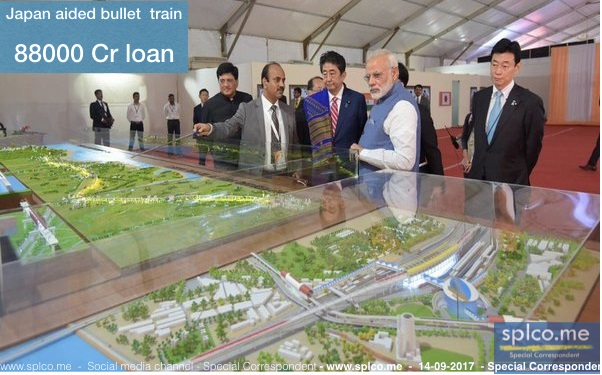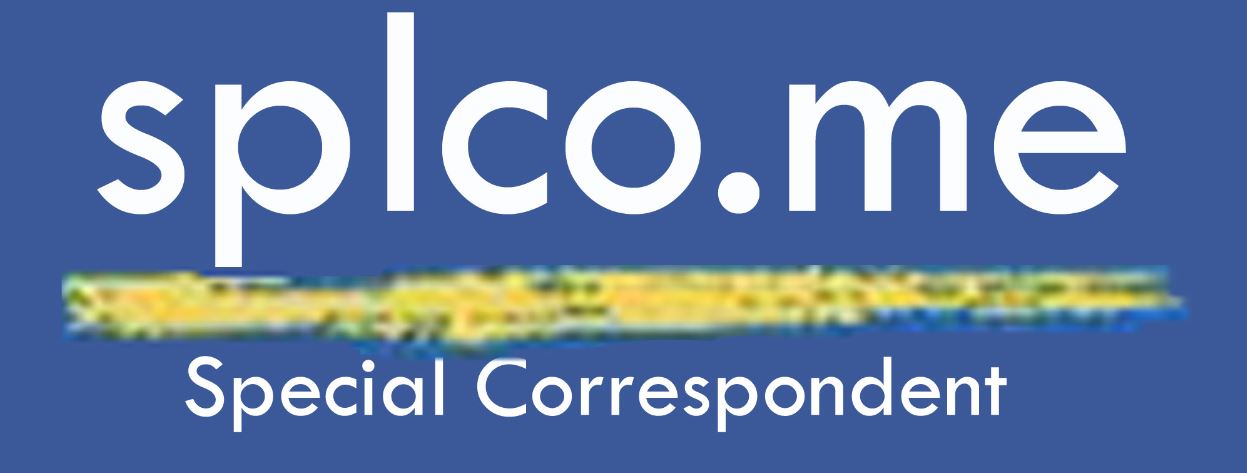Japan was the only major power that openly took a position favouring India in the recent military standoff with China at Doklam at India-Tibet-Bhutan tri-junction, which has set a new normal in the way border dispute could play out in their ties.

Today PM Modi, Shinzo Abe lay foundation stone for Mumbai-Ahmedabad high-speed rail project. The high speed rail project that is scheduled to be completed by 2022, has been financed by Japan. Of the Rs 1.08 crore, Japan is giving a loan of Rs 88,000 crore at a minimal interest of 0.1 per cent for 50 years. And the repayment will begin only after 15 years.
The first tranche of the loan, Rs 6,000 crore, would be released immediately, while the remaining tranches will come after the completion of land acquisition. About 825 hectares of land would be acquired for the project.
Japanese manufacturing companies are also looking for base to set up more of their units and sell their wares in other countries. The setting up of two Industrial parks in Gujarat is part of this strategy.
The two countries are also part of G-4 grouping (two others being Brazil and Germany) and would want to become permanent members of the United Nations Security council.
The Japan is focusing on a “quality infrastructure strategy,” aimed at countering China’s infrastructure development spree in many parts of the world.According to Various estimates China would pump in one trillion USD into Africa as part of its One Road One Belt initiative.
Japan’s overseas development assistance to Sub-Saharan Africa was 226 billion yen in 2015 and the figure for Middle-East and North Africa in the same year was 171 billion yen.
Japan is also assisting the development of Mombasa port in Kenya, which is a gateway to the East African market, where Indian firms have considerable influence and presence.
Critics of the Bullet project Project questioned how come with out acquisition of 825 acres land the project the deadline can be fixed.














